Something didn’t seem right to Laine Steenhagen about the case of mastitis she had.
It went away after taking antibiotics, then came back three weeks later. Two weeks later, she got it again. She stopped breastfeeding her 6-month-old daughter. A month later, the mastitis returned. Then she found a firm area on her breast, followed by pink discharge that kept getting darker.
Two ultrasounds and three rounds of antibiotics later, in September 2011, a biopsy showed results that surprised even her doctors—breast cancer. She was 30 years old with no family history of breast cancer. Her daughter had just turned 1.
‘Be an advocate’
Now, five years later, Steenhagen is cancer-free and living with a sense of relief she hasn’t felt in years. Doctors have told her the form of cancer she had is unlikely to come back after five years.
“Up to this point, I was like, ‘When is the other shoe going to drop? When is this going to happen?” Steenhagen said.
She looks back on those days with a message for other women.
“You really have to be your own advocate when your body is not in the box of normal medical stuff,” she said. “If you know something’s not right, even if you don’t know what it is, keep asking. If needed, get a second, or third, opinion.”
Steenhagen, of Portage, Michigan, did just that when the results of her first fine needle biopsy showed stage 0, maybe stage 1, cancer. She sought a second opinion at Spectrum Health Cancer Center, where she had a core biopsy in addition to her previous needle biopsy. It came back positive that the cancer has spread to her lymph node.
“I went from a stage 0 to a stage 3 just because I got that second opinion,” Steenhagen said.
The mastitis turned out to be a blessing in disguise. Without her milk getting clogged where the cancer was, it might have taken longer to discover the symptoms, she said. Her form of cancer, invasive ductal carcinoma, sometimes called infiltrating ductal carcinoma, is the most common type of breast cancer, representing about 80 percent of all breast cancer cases.
A young woman’s best line of defense against breast cancer is monthly self breast exams, especially if she has no family history or other factors pre-disposing her to cancer that often call for earlier or additional screening.
‘This is not forever’
Steenhagen started chemotherapy in October 2011—six rounds every three weeks for a total of five months.
In February 2012, she had a double mastectomy with reconstruction. In May and June, she endured 33 rounds of radiation. She also got intravenous injections of Herceptin every three weeks for a year. Then, in November she had a final reconstructive surgery to remove tissue expanders and insert silicone implants.
Her colleagues at St. Joseph County Intermediate School District, where she works as an occupational therapist, donated 60 sick days to help her get through the school year.
Her husband, Ian, turned into “Mr. Mom,” she said, helping to care for baby Nora. Family, friends and coworkers provided tremendous support.
“I’m a pretty stubborn person, I guess. You do have pity parties for yourself, but mostly, it was just, this is what I have to go through. It sucks, but I never did the ‘why me,’” Steenhagen said. “I drew the short straw, but this is not forever. I am going to get through this.”
‘You’re pregnant’
It was not forever, and Steenhagen got the biggest reminder of that in 2013, when, despite doctors telling her she might never have any more children, she found out she was pregnant. Steenhagen opted not to harvest eggs before starting chemotherapy, as it felt to her like too much on top of already dealing with treatment.
She cried when she found out, worried because the literature about Herceptin said she should not get pregnant until six months to a year after stopping the medication. It had been five months.
“I was nervous because of that. I was nervous because maybe I could get pregnant, but not stay pregnant,” she said.
After her first trimester, she started to get excited. On Nov. 13, 2013, a healthy baby girl, Lydia, arrived—not without drama. Her labor quickly progressed at home from contractions 10 minutes apart to one big contraction, she said.
“My water broke at the same time her head was coming out,” Steenhagen said. “My husband had to catch her.”
So when she learned she was pregnant a third time, with another girl, she was determined to make it to the hospital for this delivery.
“The big joke was if we were going to be in the hospital this time,” she said. “After my first contraction, I said, I am going to the hospital, and I am not leaving.”
Her husband joked that he knew how to deliver a baby now, and he would be fine as long as it didn’t happen along the side of the road.
On July 27, baby Vivian was born on the side of the road—near the junction of interstates 131 and 94 in Kalamazoo. Steenhagen’s labor had come on suddenly, with contractions one minute apart. It was 1 a.m. and the couple quickly called her mother-in-law, who lived 20 minutes away.
Her water broke as they pulled out of the driveway, and about five minutes down the road, she had one big contraction and felt the urge to push.
“I just calmly said, ‘You need to pull over,’” she said. “My husband ran around the side, and two pushes later, she was out. My labor was 30 minutes start to finish.”
When the paramedics arrived, they asked her and her husband if they could believe this was happening.
She replied, “Yes, I can. If you only knew my life.”
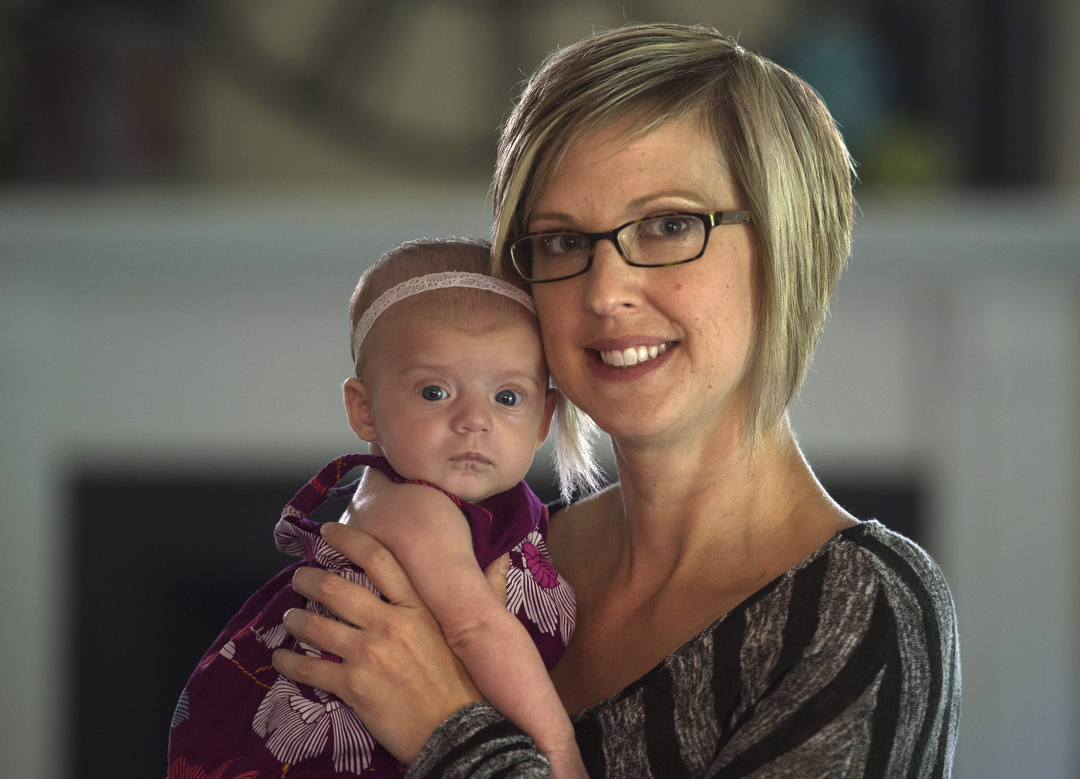
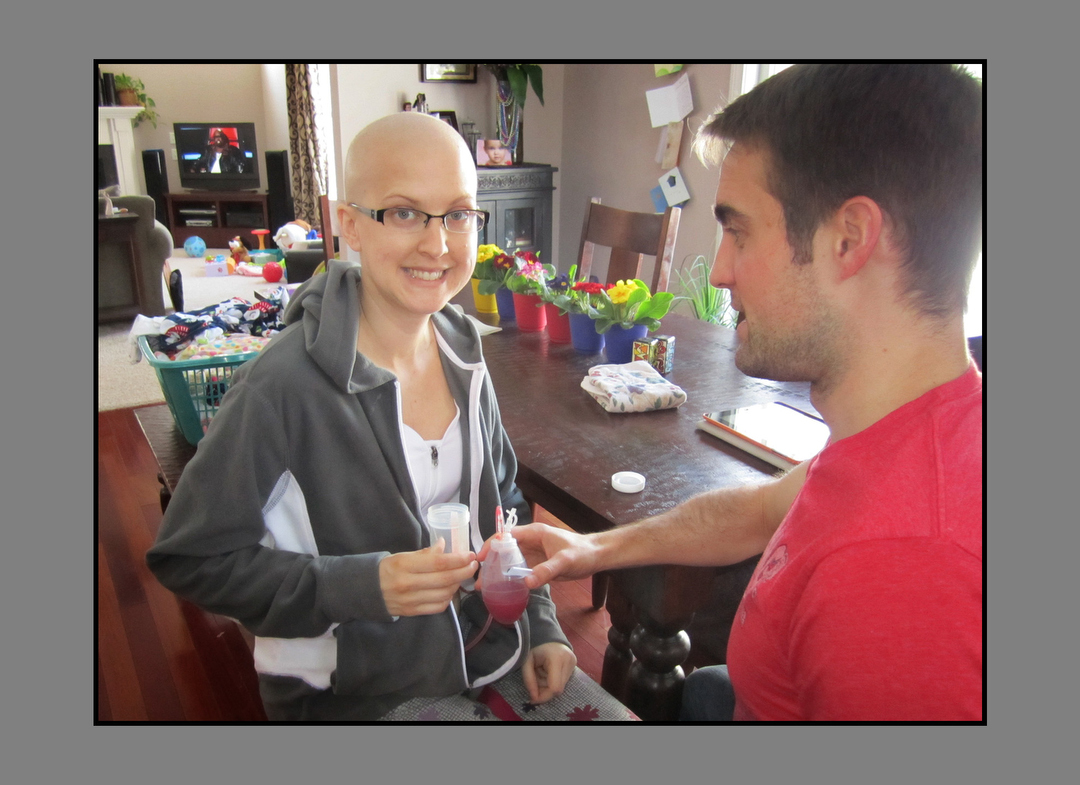
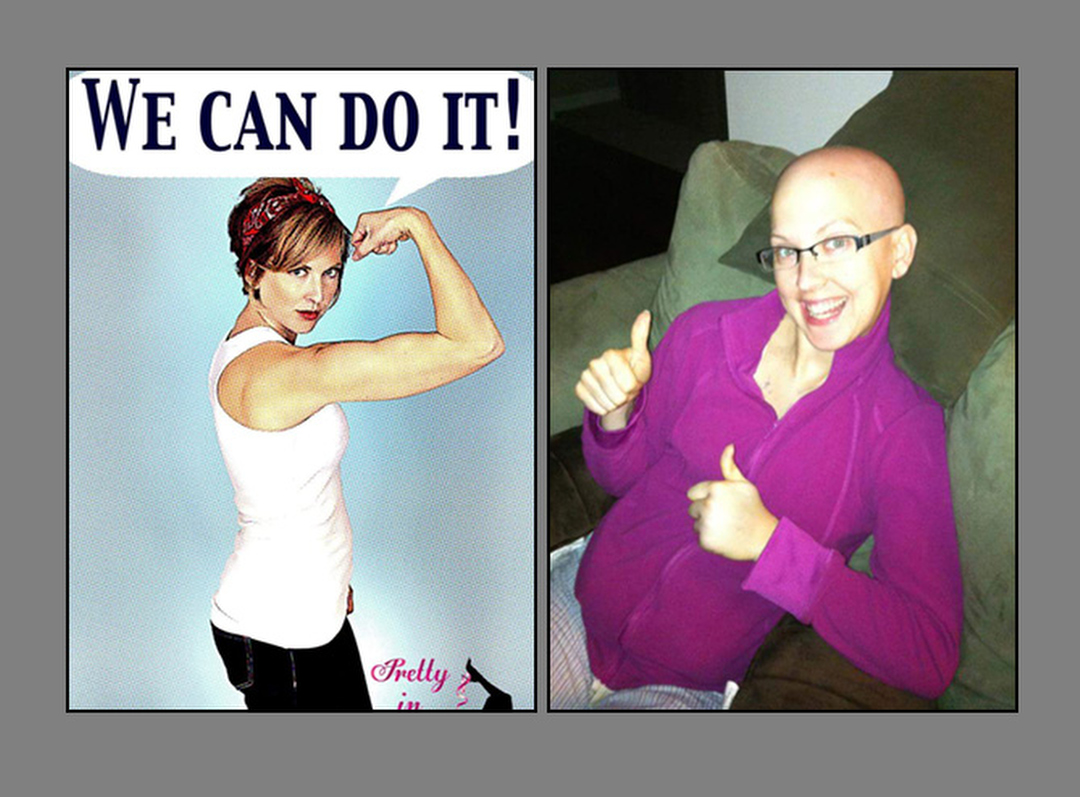

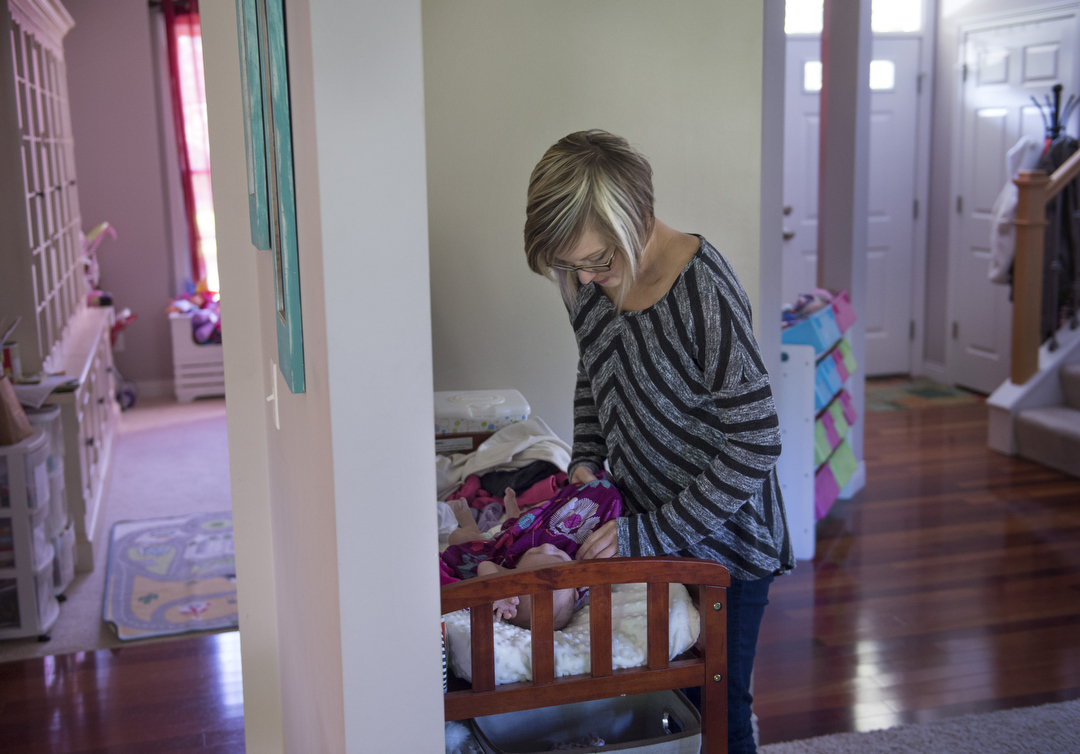







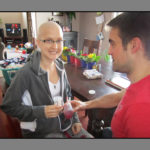



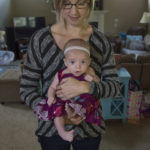





 /a>
/a>
 /a>
/a>
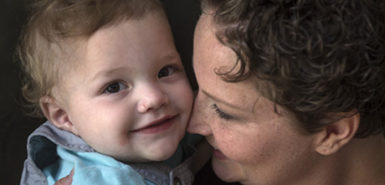 /a>
/a>
I am proud to say I personally know this very lovely lady. She is strong, a loving mother and wife, lots of fun and a pleasure to be around!
She is a very special lady! No one can even imagine what she has gone through. She just kept going forward and has the most amazing beautiful family. And the best husband ever!